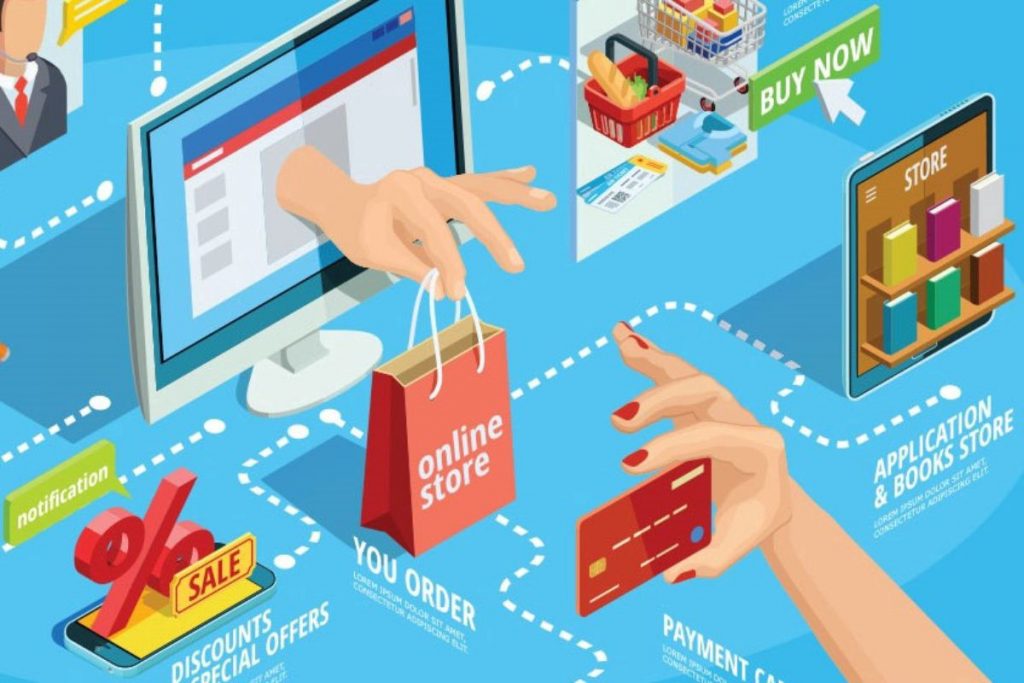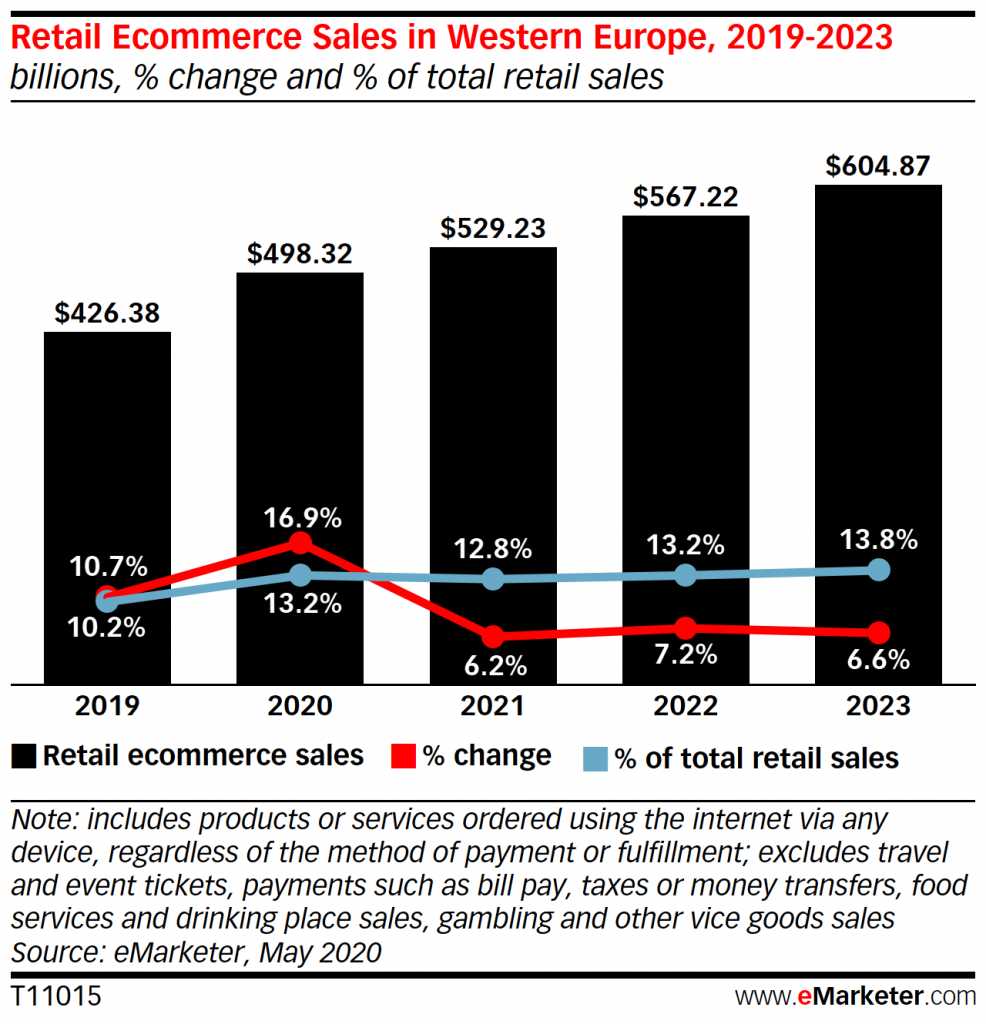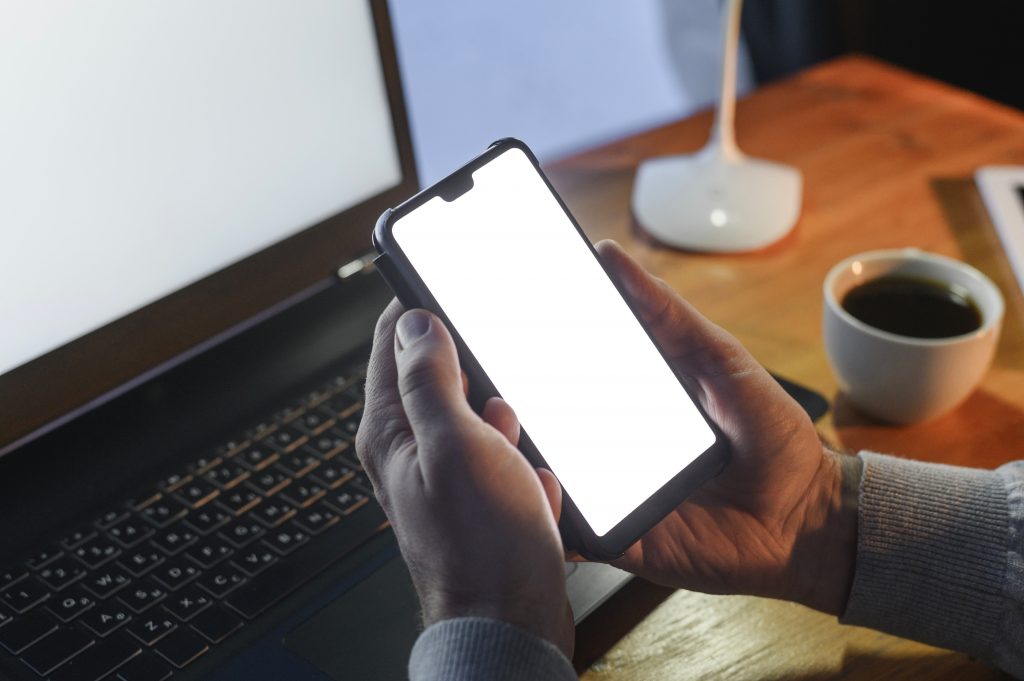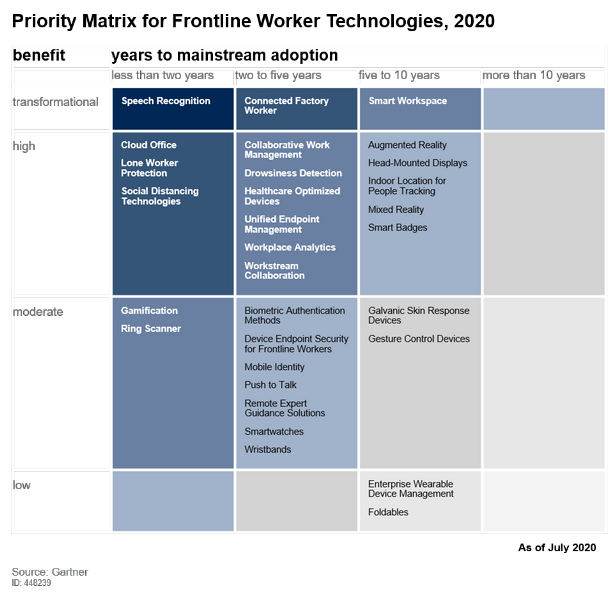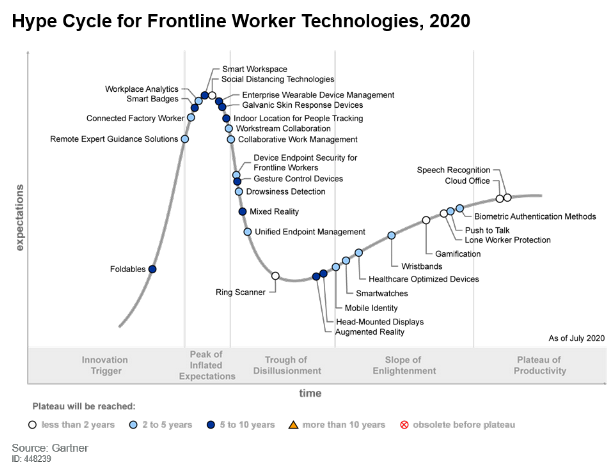
KPMG has introduced a blockchain-based solution for keeping a record of CO2 emissions
KPMG, an audit company, has announced the development of the Climate Accounting Infrastructure (CAI) blockchain solution that allows you to keep records and track greenhouse gas emissions into the atmosphere. Blockchain in combination with IoT will ensure the company’s environmental data security, which will help to assess climate risks.
Climate data is gaining significant financial weight and, as a result, corporate financial risks depend on the transparency and non-falsifiability of this data. Blockchain in the field of climate and ecology can reduce risks and increase the predictability of financial flows.
Eight banks have launched a trade finance platform based on the Contour blockchain
Obtaining financing is one of the key processes in the work of companies, while traditionally obtaining trade finance requires a lot of time and complex approval procedures, which creates operational difficulties for companies and leads to additional costs. The acceleration of obtaining trade finance through blockchain can reduce costs for large companies and reduce the risks and operational problems for small and medium-sized businesses, which often have cash gaps.
The Contour blockchain-based trade finance platform has been launched on the R3 Corda blockchain. It is designed to optimize and speed up traditional trade finance processes by digitizing them. The platform now faces the task of optimizing the process of issuing letters of credit between the parties. Issuing a letter of credit using traditional methods takes an average of 10 days. Contour processes the letter of credit per day — the time is reduced by 90%.
SKODA, Lumos Labs and Microsoft India have launched a blockchain development program
SKODA AUTO DigiLab India and Lumos Labs have announced the creation of the Microsoft Century Program, an enterprise blockchain startup program. The companies plan to use their own development experience and expertise in the field of digitalization to help blockchain startups solve business problems. The acceleration program is designed for 18 months.
Honda and General Motors create a decentralized car charging network
Electricity transmission is one of the largest resource markets, but there are significant losses caused by inefficient distribution and consumption of electricity. The tendency to decentralized energy networks is spreading around the globe. Energy networks are formed not only by traditional suppliers, but also by small players who produce “ecological” energy on their own sites.
Blockchain is good to coordinate this increasingly complex network and manage payment and consumption transactions in a timely manner. The issue becomes even more relevant in the times of switching to electric vehicles.
The Mobilitu Open Blockchain Initiative (MOBI) consortium, which includes major automakers has developed a standard for integrating blockchain into a decentralized electric vehicle charging network.
The project specifications are not tied to a specific blockchain and aim to lay the foundation for decentralized charging networks and allow them to efficiently use excess moving energy. These solutions allow you to securely identify yourself on the network, interact using a standard message format and automatic entries in the transaction register, such as charging, generation and data exchange between electric vehicles, charging stations and power settings.
Residents of the French city used a blockchain app to vote on road construction
Voting is another promising area for block-chain implementation. For example, residents of the small French town of Verneuil-sur-Seine, 30 km from Paris, used the Avosvotes app on the Tezos blockchain to vote on new roads. The app will provide security, transparency of voting and help solve the problem of low turnout.
In the US, digital signatures on the blockchain can gain legal significance
The bill on this was submitted to the relevant Committee on energy and trade, amendments are being made to the Electronic signatures in global and national trade act.
If approved, the requirements of the law will apply to electronic signatures and smart contracts on the blockchain, which will significantly push the spread of blockchain for signing contracts, as well as fully legalize the use of smart contracts in the business sphere, and in general will be a big step for the blockchain in the global economy. Currently, signing contracts on the blockchain is legalized only in a few US States.
Cambridge University study: 43% of all existing blockchain solutions are made by financial companies
According to a survey of 200 organizations (companies, startups, banks, government agencies) in 59 countries in 2018-2019, in 43% of all industrial use of blockchain these solutions are used in the financial sector. At the same time, the development lifecycle of a blockchain project turned out to be quite long: on average, it takes about two years from the concept stage to deployment, and larger networks may require up to four years. 48% of the projects included in the sample were created on Hyperledger, 15% on the basis of R3 Corda. 22% of blockchains were developed within consortia, 70% by companies alone, and 5% by state organizations.
BMW’s South Korean division will launch a blockchain-based loyalty program
The use of blockchain to distribute bonus points for loyalty programs is a fairly small but important case for testing blockchain technology and its advantages in a multi — billion-dollar car market with millions of customers. BMW has previously reported developments in using blockchain to track vehicle information.
BMW Korea has announced the launch of the BMW Vantage blockchain solution for the loyalty program. BMW Vantage will allow customers to accumulate bonuses that can be used to purchase goods and services, for example, to pass a technical inspection with a discount. Users with a certain status in the program will be able to attend private events of the company. Points will be awarded through the app for purchases of both new and used cars. The first users of BMW Vantage will be residents of South Korea, but the company plans to expand the program to other countries.
